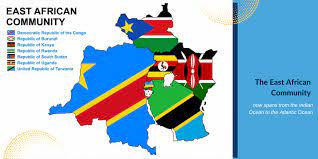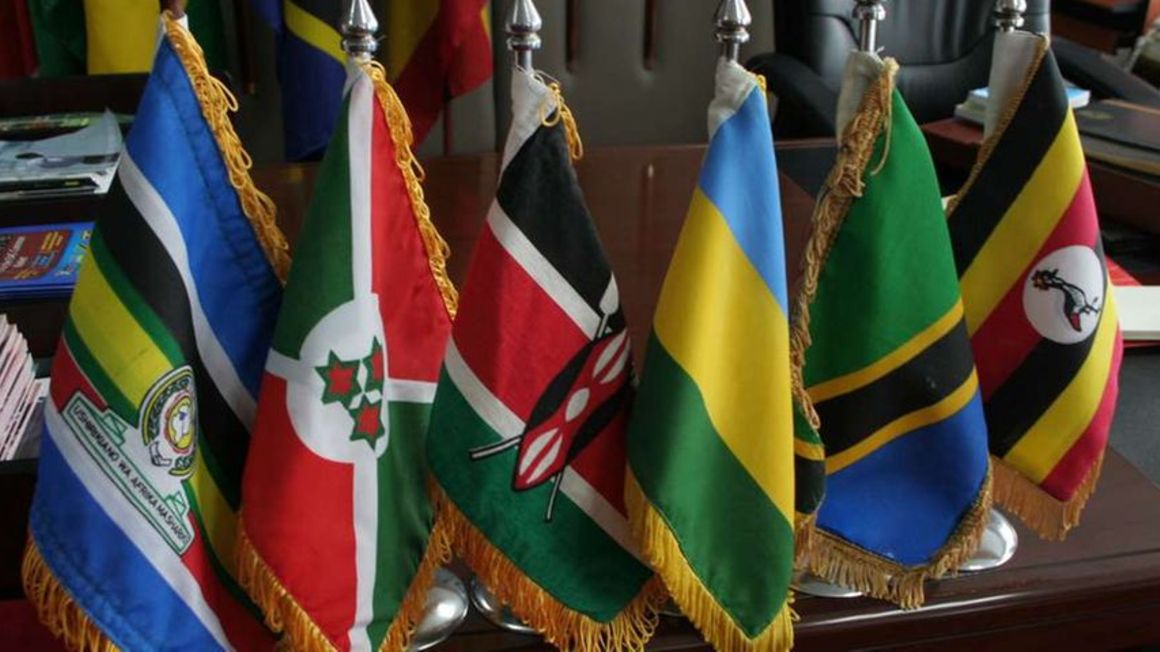East Africa could soon become Africa’s economic powerhouse if ongoing plans to expand the seven-member East African Community (EAC) are implemented successfully, as latest figures from the International Monetary Fund (IMF) indicate.
The EAC’s gross domestic product is expected to hit $346.17 billion in 2023, according to the IMF’s latest forecast, which can be attributed to notable growth in a number of countries. Among the seven member countries of the bloc, Tanzania has the region’s fastest growing economy that is projected to grow by about $17 billion from 2021 to 2023 to reach $85.42 billion. Kenya’s economy is projected to grow by about $8 billion over the past two years to reach $118.1 billion in 2023, while Uganda’s GDP is expected to grow by about $9 billion over the same period to hit $49.79 billion this year. The GDP of the Democratic Republic of Congo, which comes third in the EAC, is projected to reach $69.47 billion this year. Rwanda, South Sudan and Burundi follow with $13.15 billion, $7.01 billion and $3.23 billion, respectively.
The bloc’s leaders are at an advanced stage of bringing Somalia on board, to be possibly followed by Ethiopia, according to the EAC’s secretary-general Peter Mathuki. The entry of both countries would lift the EAC’s GDP to $511.01 billion. Going by the latest IMF figures, Nigeria has the biggest GDP in sub-Saharan Africa at $506.6 billion, while South Africa comes second with $399 billion and Ethiopia third. This means that once Ethiopia joins the EAC, the bloc’s economy would be larger than that of Nigeria and South Africa. “The coming in of Somalia and Ethiopia is likely to widen the market size and hence boost trade among member states and so is the EAC’s GDP,” said Lutengano Mwinuka, an economist from Dodoma University. “As it is, investors from either country will stand a chance to expand their footprints,” Mwinuka added.



